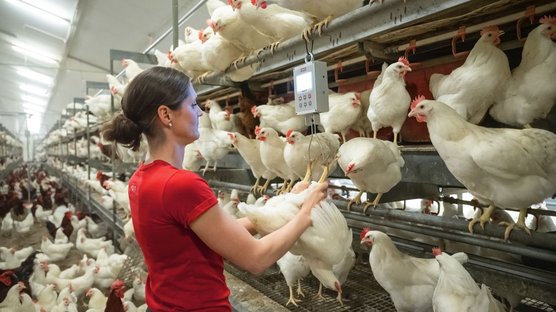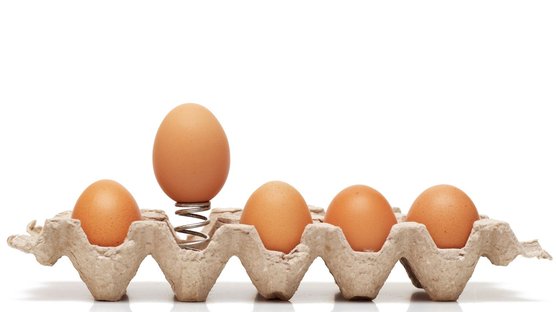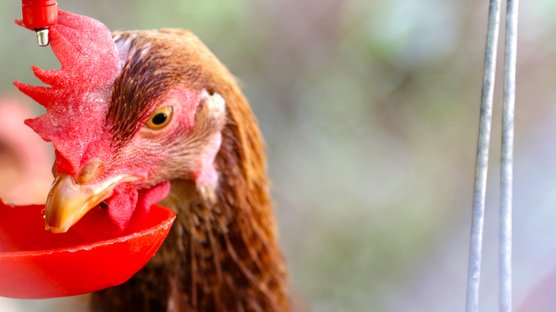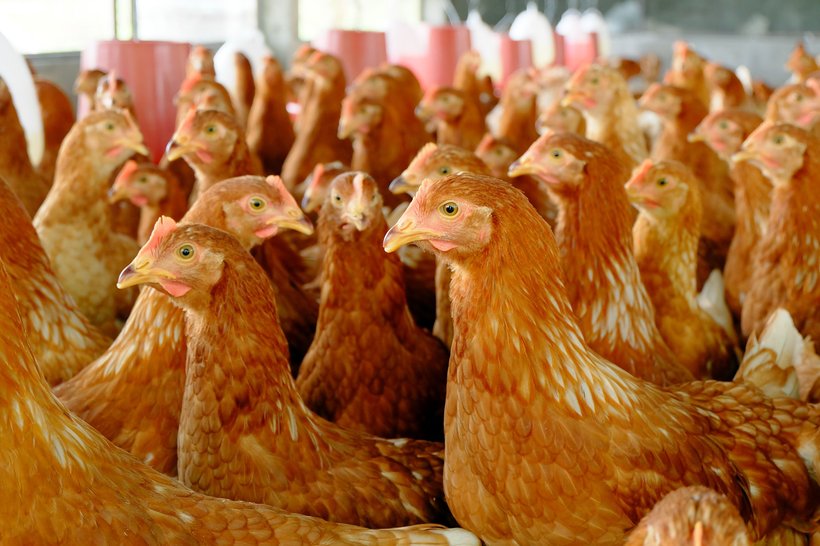
Published on Feb. 9, 2021
Transfer of pullets to the laying house
Transfer is a stressful event for the pullets. In effect they experience two stresses: 1) the handling and transport involved in movement from the pullet house to the hen laying house, plus 2) the change from rearing to laying environment. Therefore, transfer of pullets requires careful planning and management, and the age of pullets should be taken into account. In this article we will provide several tips and tricks to facilitate a smooth transfer from the pullet house to the hen laying house.
The first questions often raised by pullet growers and egg producers are : When and how to move chicks from brooder to coop? And at what age do pullets start laying eggs?
The bodyweight development of the pullets is highly linked to the age of pullets. The transfer from the pullet house to the hen laying house should ideally be done 4 weeks before egg production starts, certainly no later than 2 weeks before egg production starts. The purpose is that the pullets receive the time to recover from the stress accompanied with the transfer and that the rapid ovarian development is not being depressed. Unfortunately, the latter falls exactly within the period of transfer. Late transfer bears the risk of damage to the pullets, in particular to the ovaries. In the ideal situation, birds are transferred at 16 weeks of age, this will enable them to be fully adapted to the new hen laying house before the onset of lay. When laying hen pullets are transferred too close to the onset of lay, the subsequent risk of egg peritonitis is increased. The movement of birds with mature ovaries may cause rupture of yolk follicles (egg yolk peritonitis), which are then deposited in the body cavity. Ensuring smooth transition, careful pullet handling, proper lighting, and optimal body condition at transfer helps reduce the incidence of egg yolk peritonitis.
When transferred, the flock should be fed a pre-lay or a layer’s ration. Please note: pullet (or developer) rations must not be used, as the nutrient density and the calcium levels of these chicken feeds are too low!
Preparations at the rearing farm
There is an important preliminary period before transfer, in which time the stock is prepared for the conditions they will encounter in the hen laying house. The following points should be considered:
- The pullets must always conform to the bodyweight of the breed. This should not simply be according to the age of the pullets but also according to age of sexual maturity. Note that because of the stress caused by the transfer, pullets’ weight can be reduced by 10% to 15% due to moisture loss.
- For easier adaptation to the hen laying house, ideally rearing house temperature and light intensity should be gradually adjusted in the last couple of weeks before transfer to match laying house conditions
- Two weeks prior to transfer the pullets should not be handled in the pullet house, except for routine uniformity and bodyweight checks. The pullets must have had every opportunity to grow, even during this critical period.
- Feed withdrawal before departure to the hen laying house should not exceed 6 hours and should be adapted to transport duration and climatic conditions.
- Vaccinations should be given at least one week before transfer, to obtain a good vaccine reaction. A late or long transfer often leads to delayed start of lay and higher mortality.
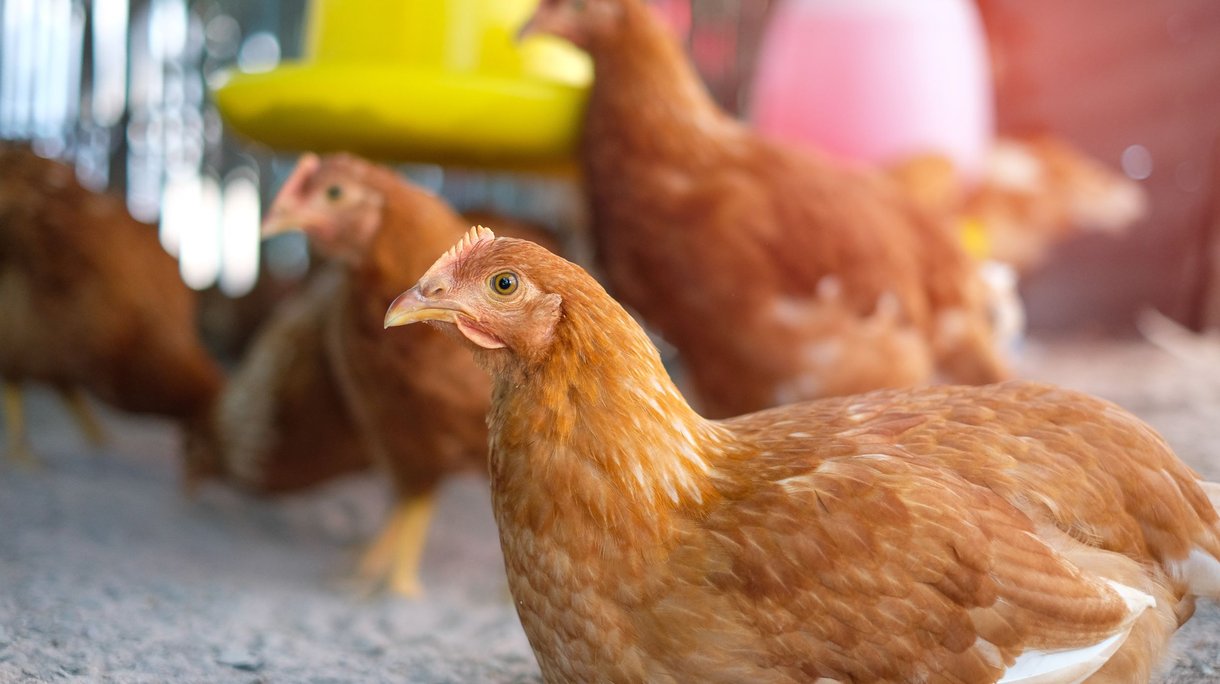
Preparation at the laying farm
The hen laying house should be well prepared prior to the arrival of the new flock. The following points should be considered:
- An appropriate terminal hygiene program must be implemented to avoid disease transmission.
- Maintenance and repairs must be completed in the hen laying house before the arrival of the new flock of laying hens.
- Flush the water system and provide fresh water the day before arrival of the new flock of laying hens. This is critical, as the key to the successful start of the incoming flock of laying hens to the hen laying house is provision of water. The better the water quality, the less the depression in feed intake following transfer.
- The hen laying house should be dried prior to the arrival of the new flock. Not only are wet houses very humid, (a condition which is depressing for the birds), they are also cold – which is particularly noticeable during winter.
- The hen laying house should be preheated in the cold season.
Transfer
An ideal time for transfer of pullets from the pullet house to the hen laying house is during the early morning. Disturbance to routines of drinking and eating is minimized if the pullets are unloaded and housed by the time their day typically starts on the rearing farm. Transport vehicle and equipment must be clean and disinfected. The laying hen flock should be transferred within the same day as this causes less stress and avoids the issue of low temperatures in partially filled pullet houses and hen laying houses. Every effort should be made before and after transfer to maintain water and feed intake according to the normal routine of the flock. Precautions should be taken to minimize undue exposure to wind and rain/sun during transfer procedure as these factors are very stressful.
Transfer from the pullet house to the hen laying house is accompanied by changes in environment, temperature, humidity, and equipment. It is therefore a major source of stress and it should be carried out as rapidly as possible. Because of the stress to which pullets are subjected during and immediately after transfer, it is extremely important that transfer is completed before the appearance of the first eggs. We recommend scheduling the transfer at 16 weeks of age of pullets and ensuring that all hens are housed in the hen laying house by 119 days of age.

